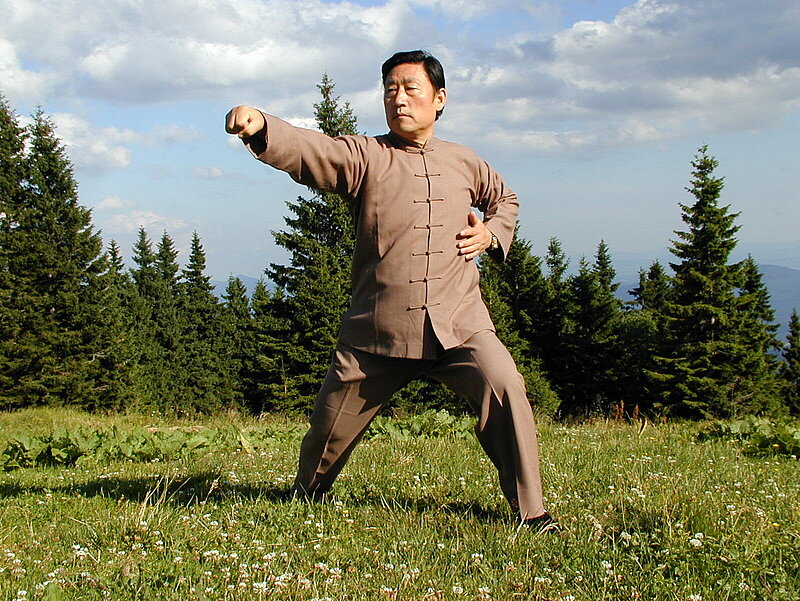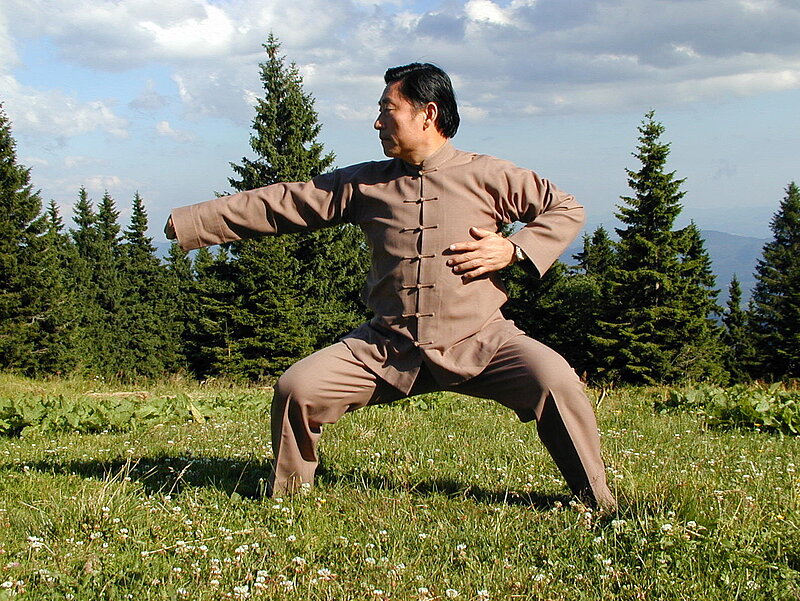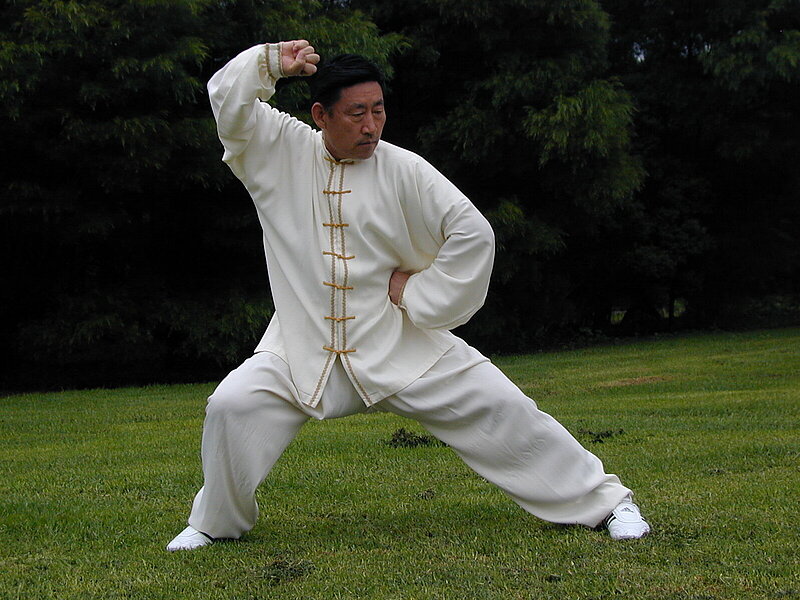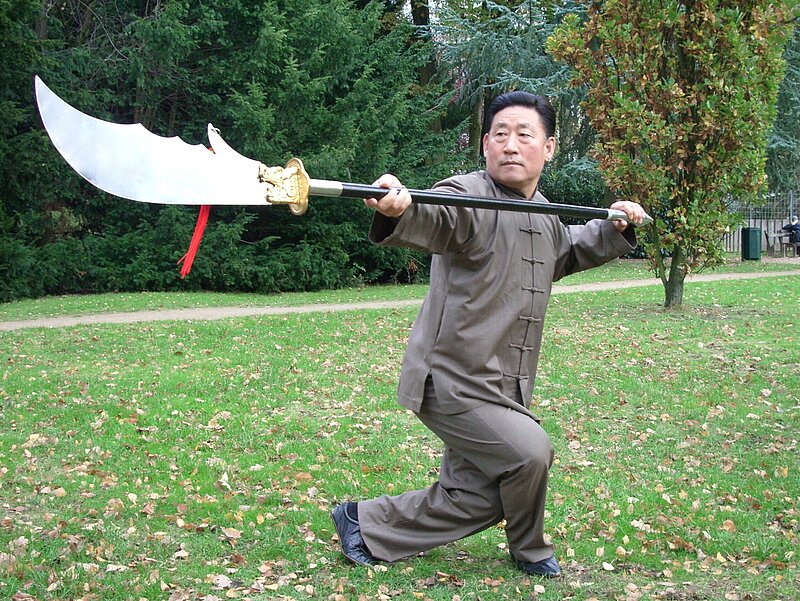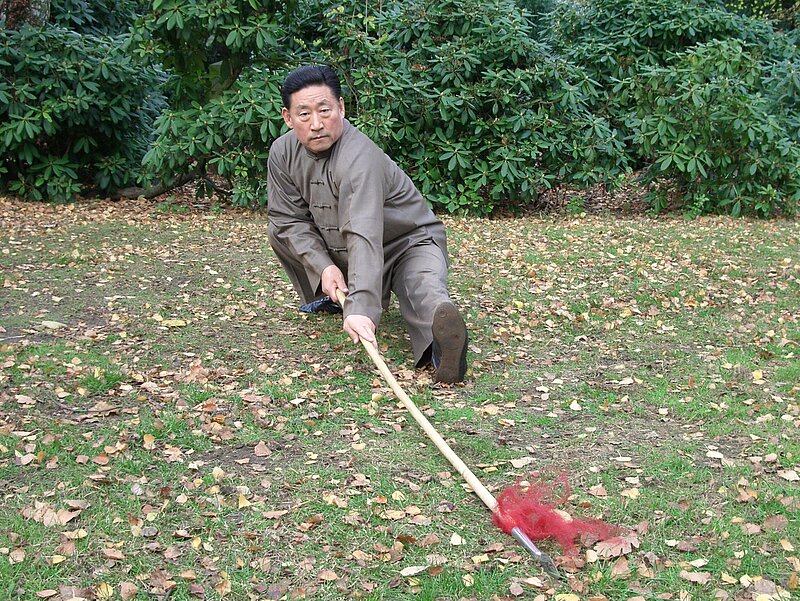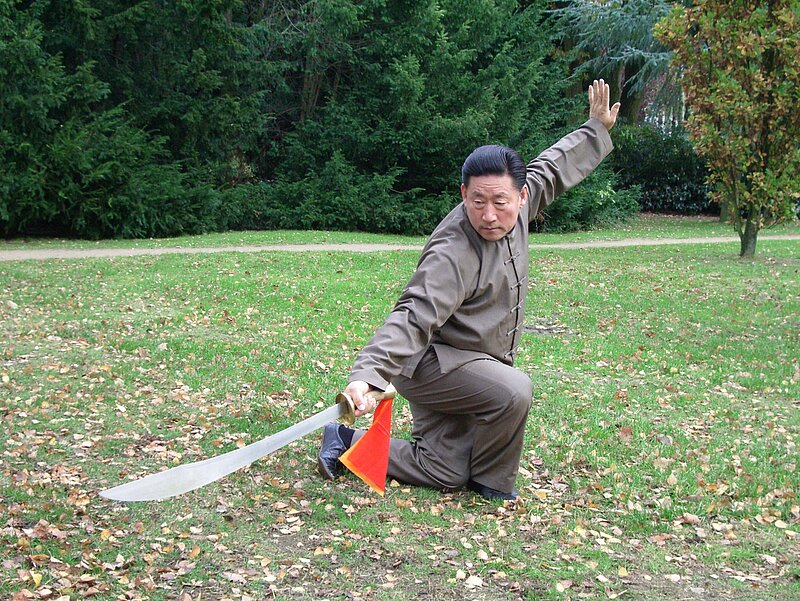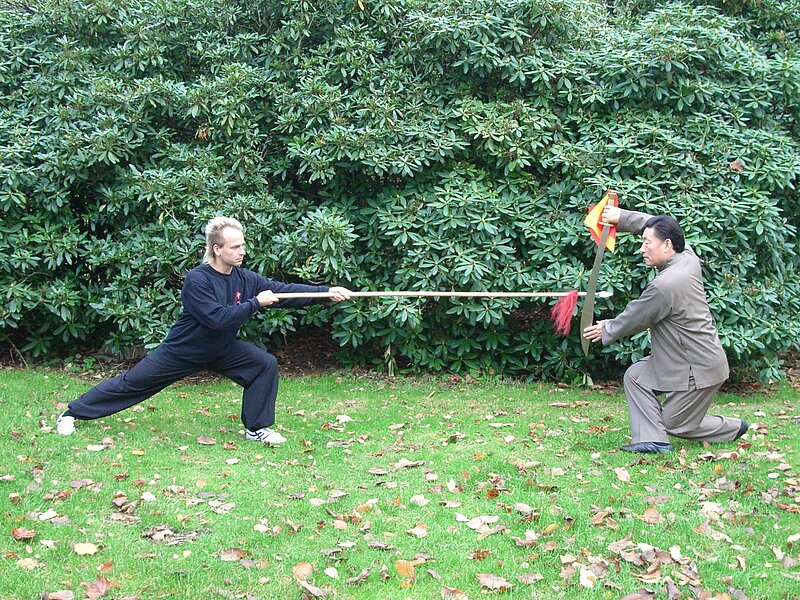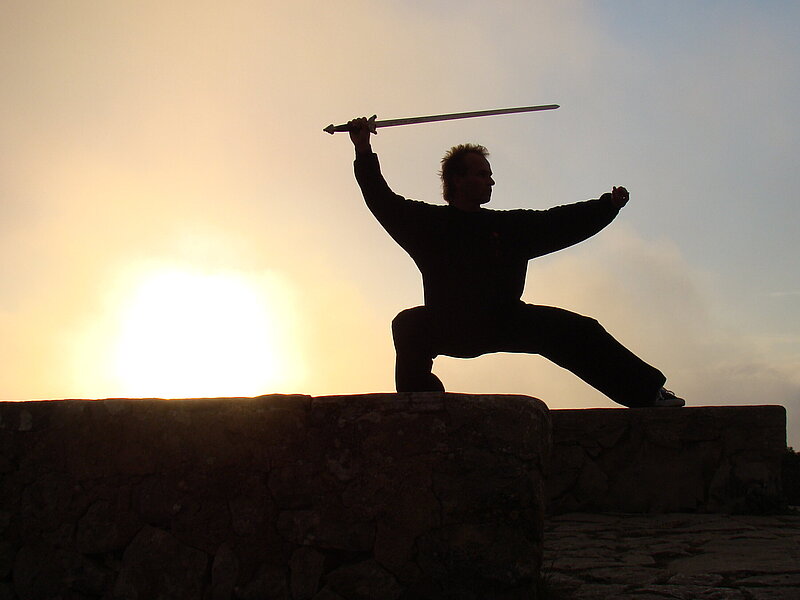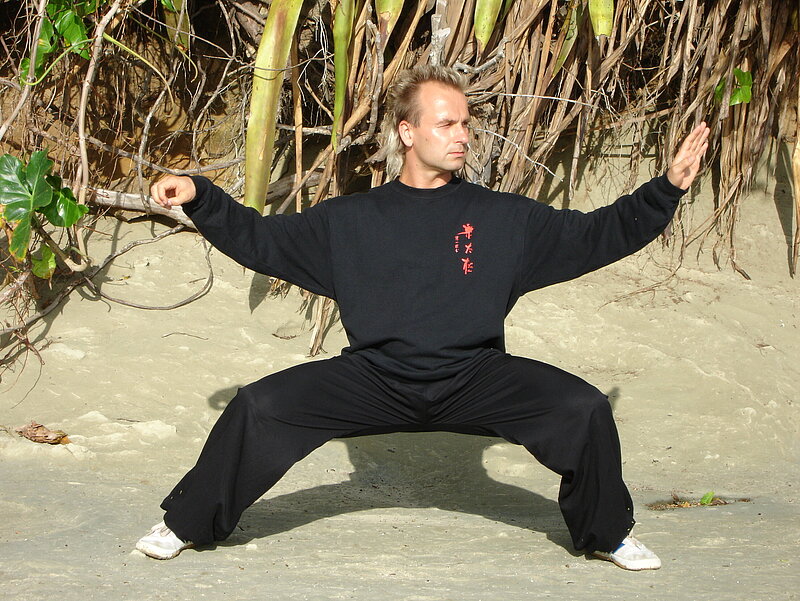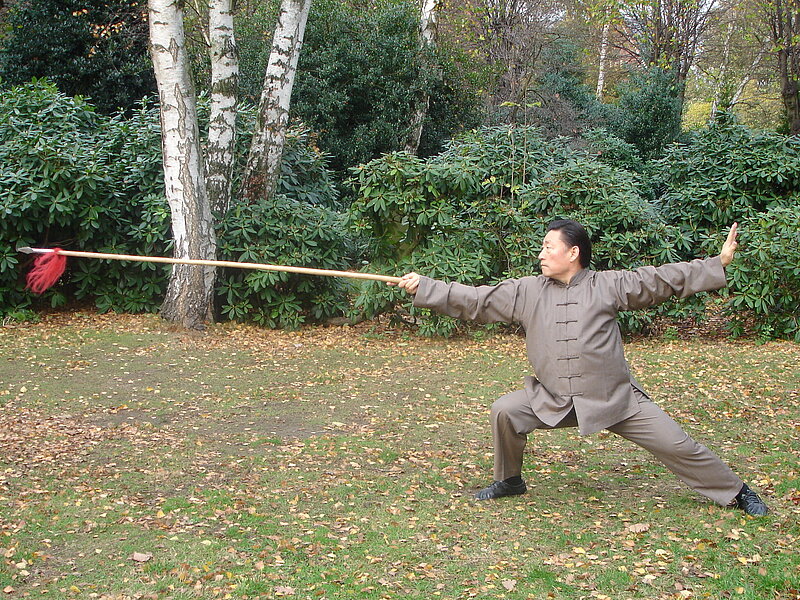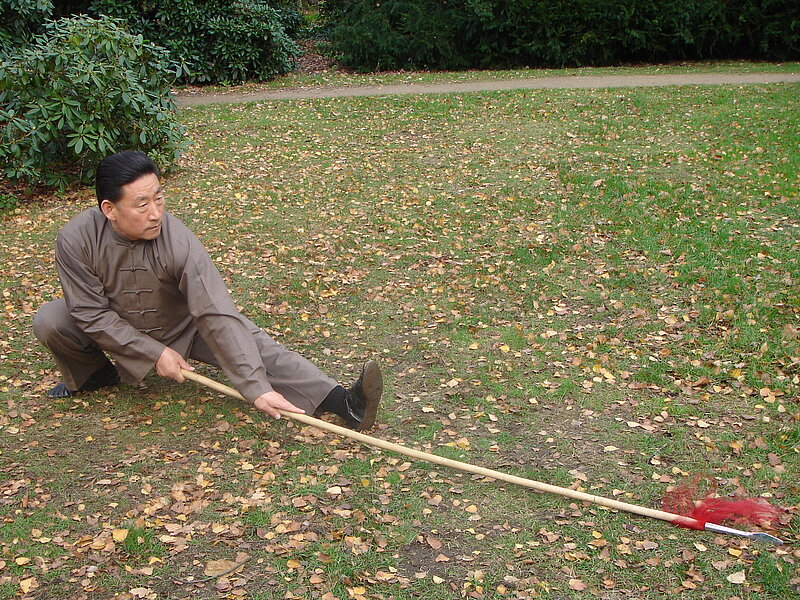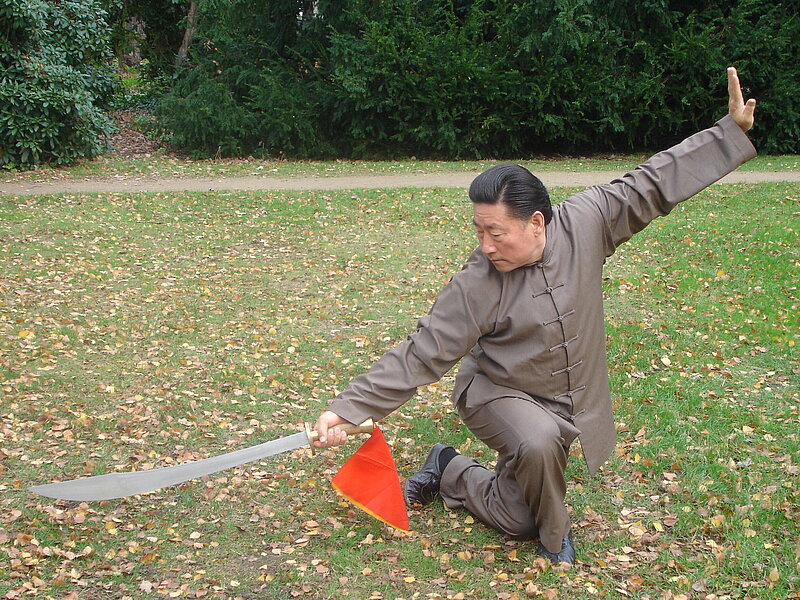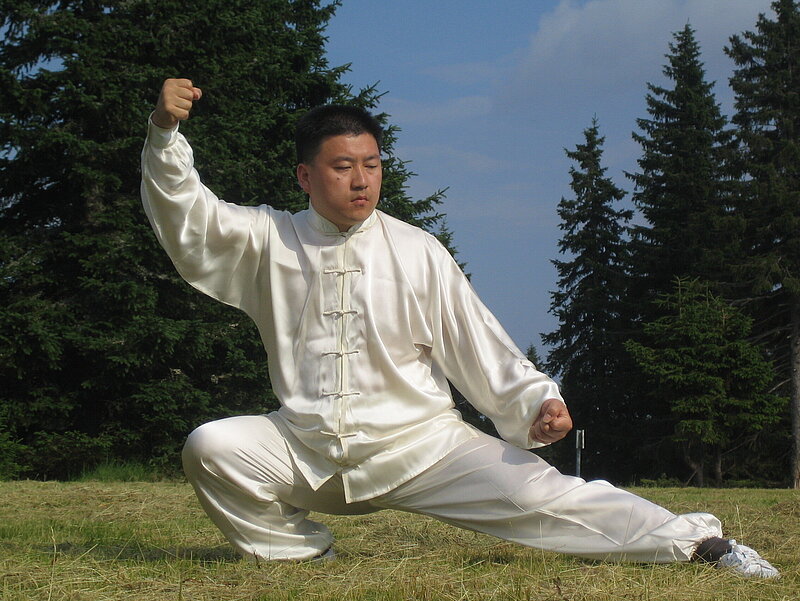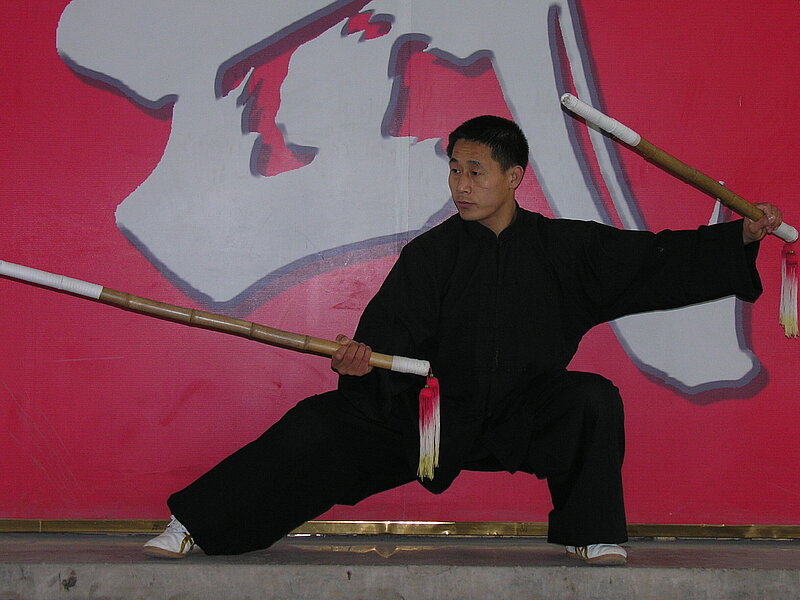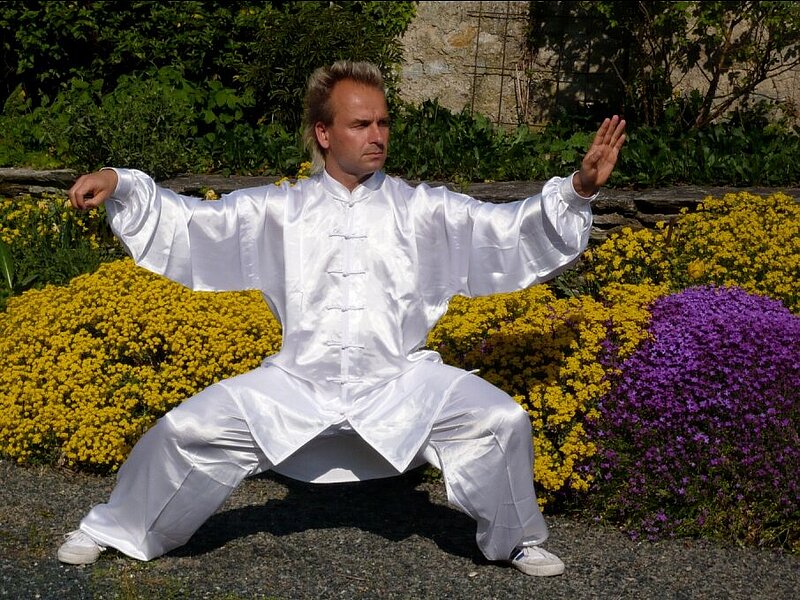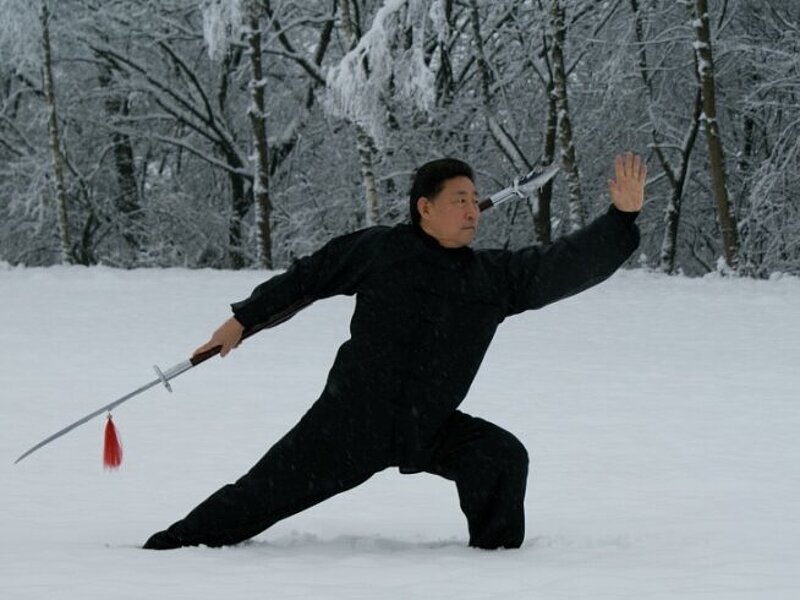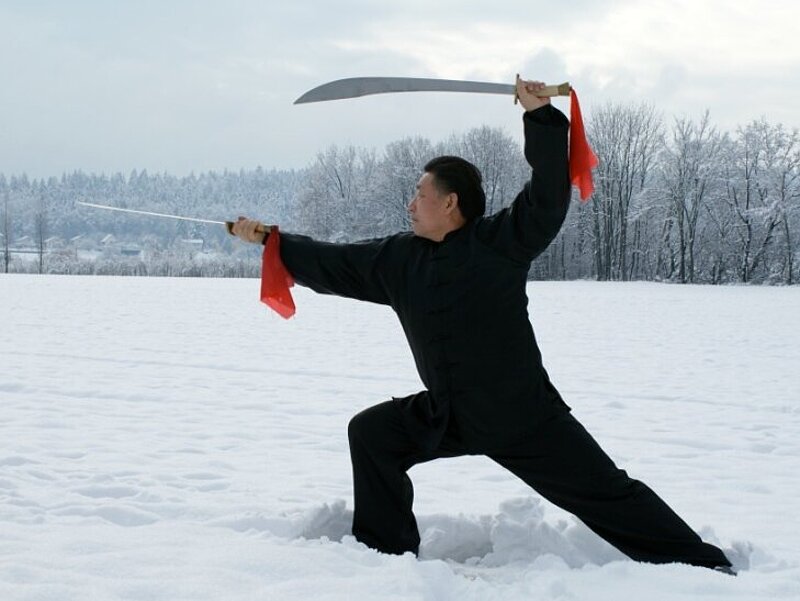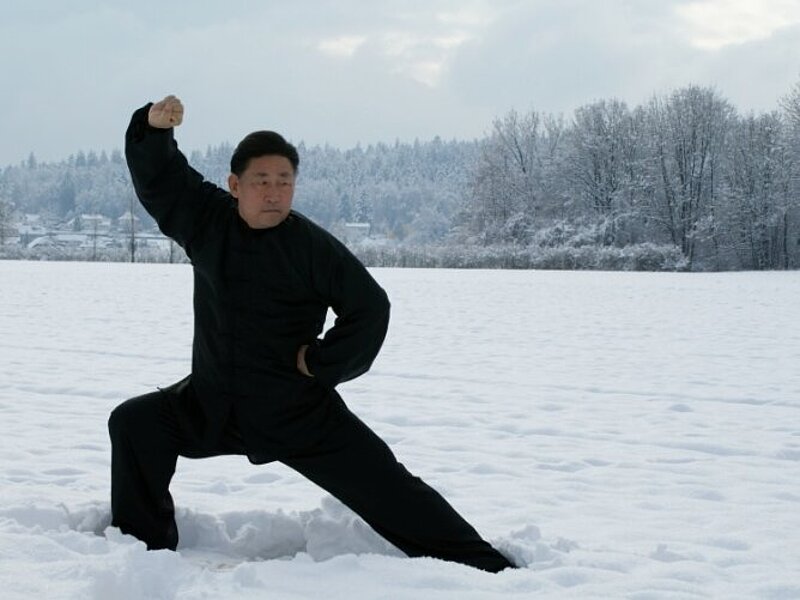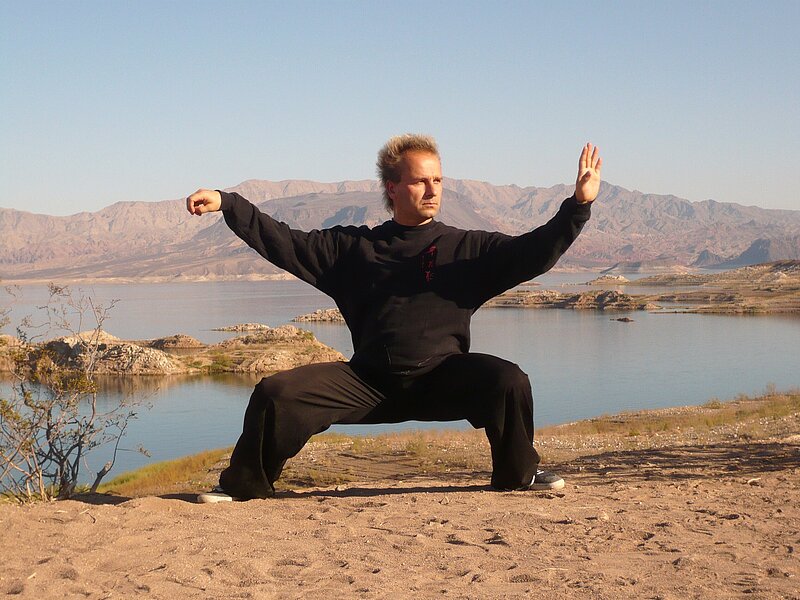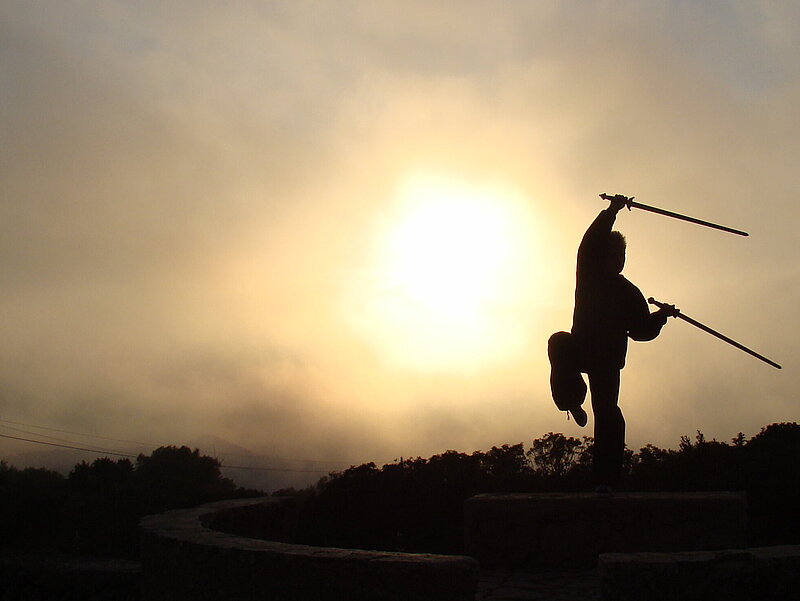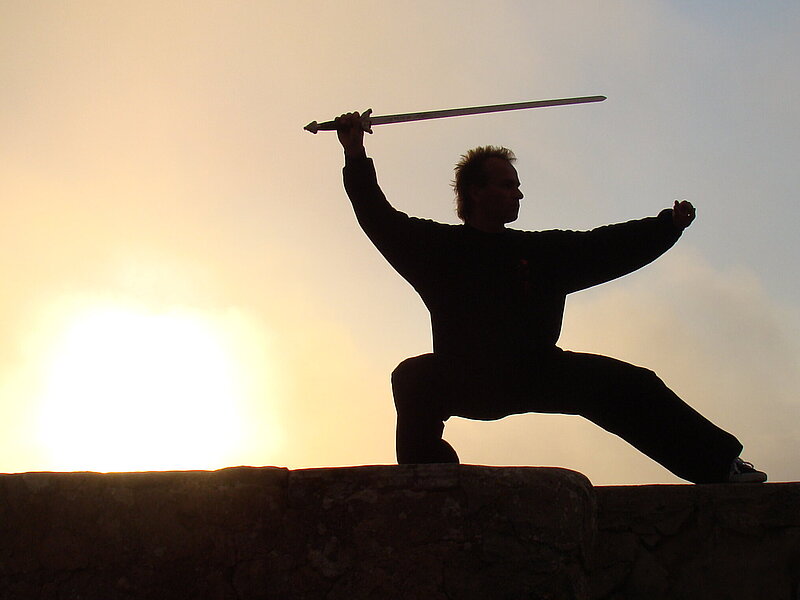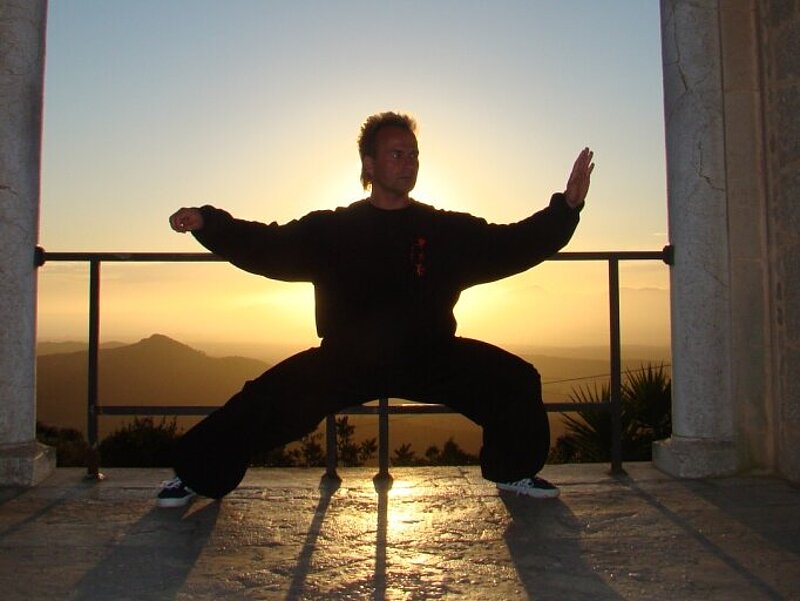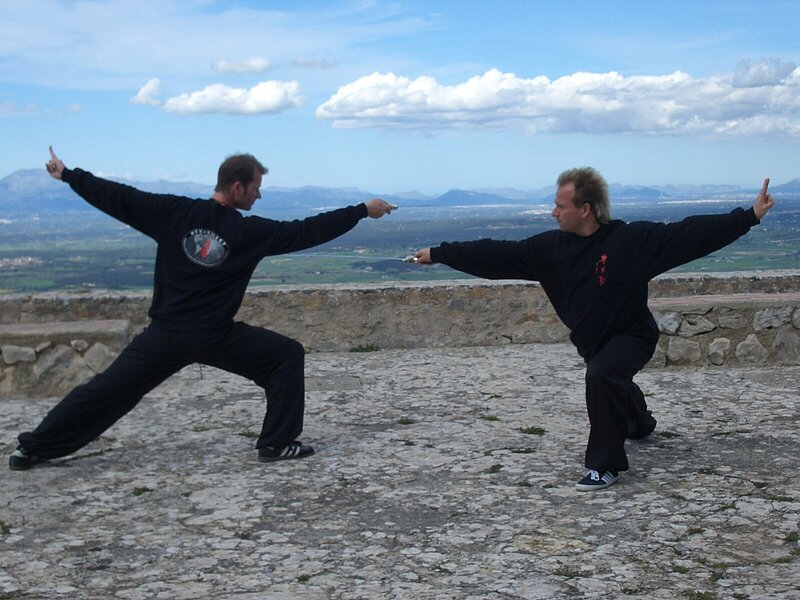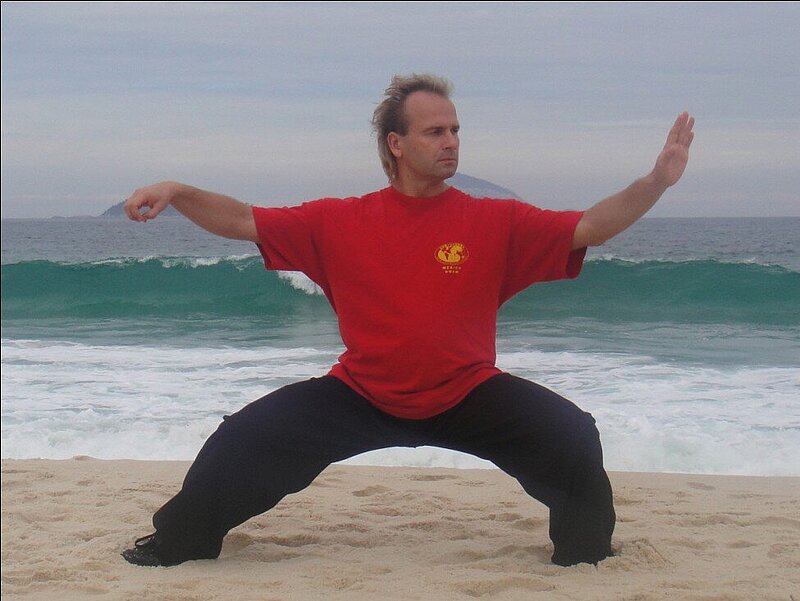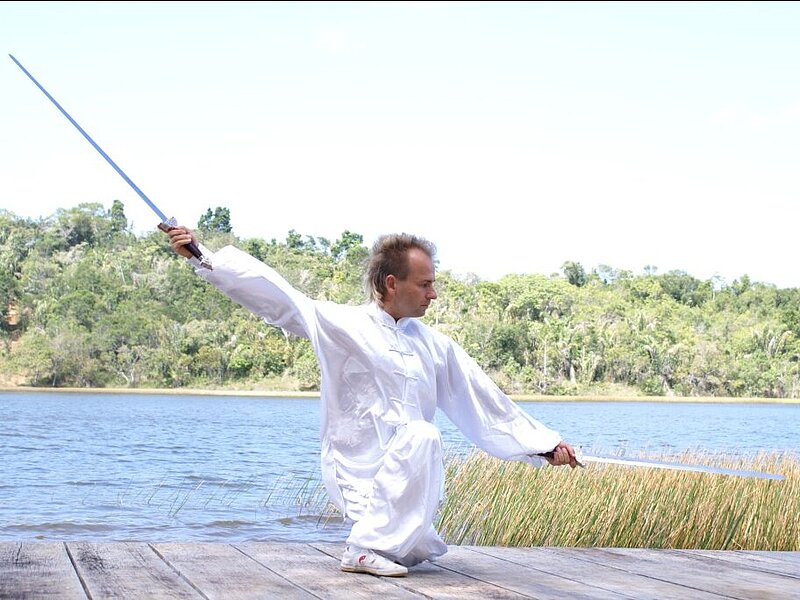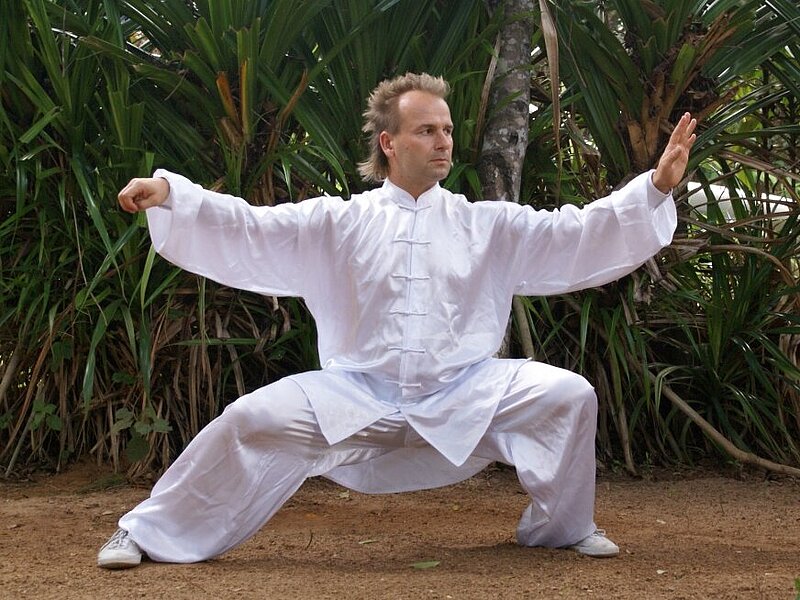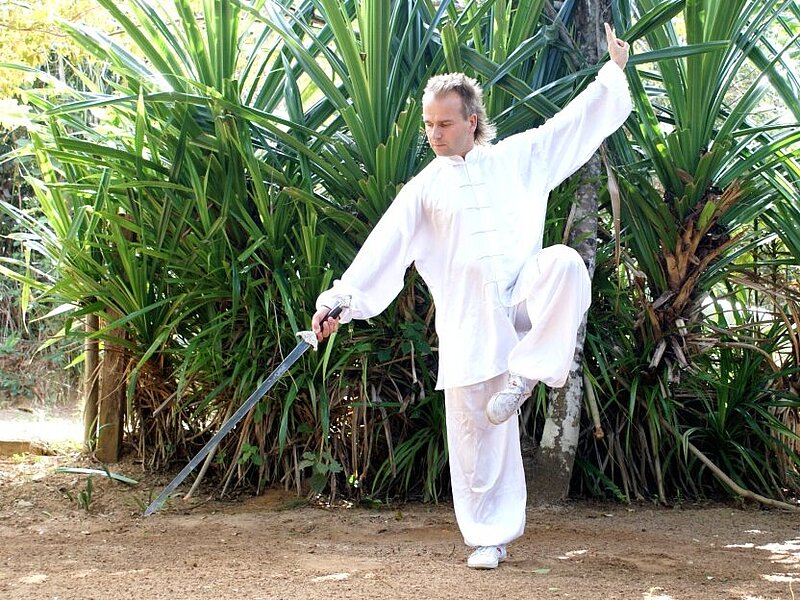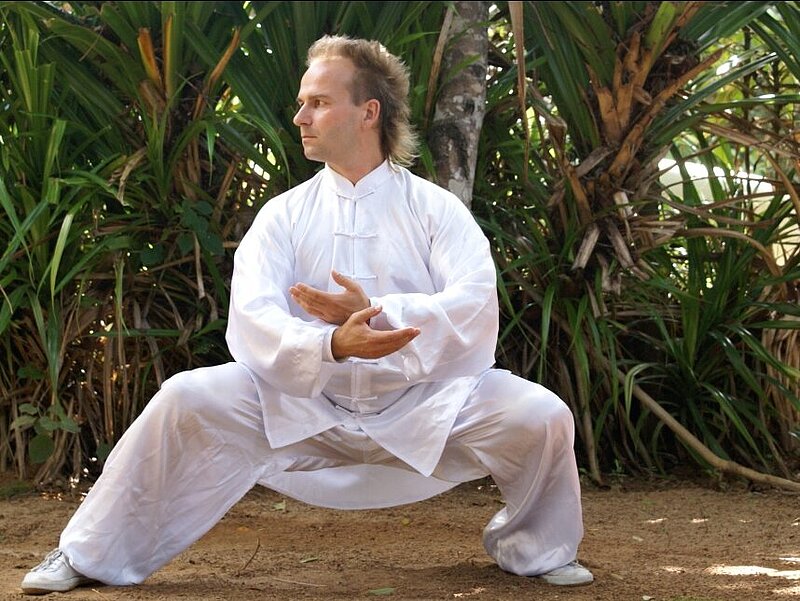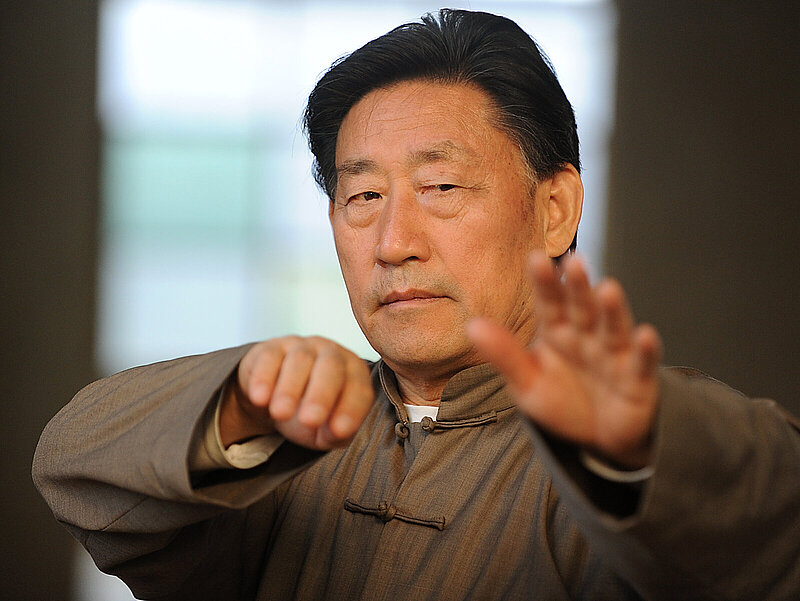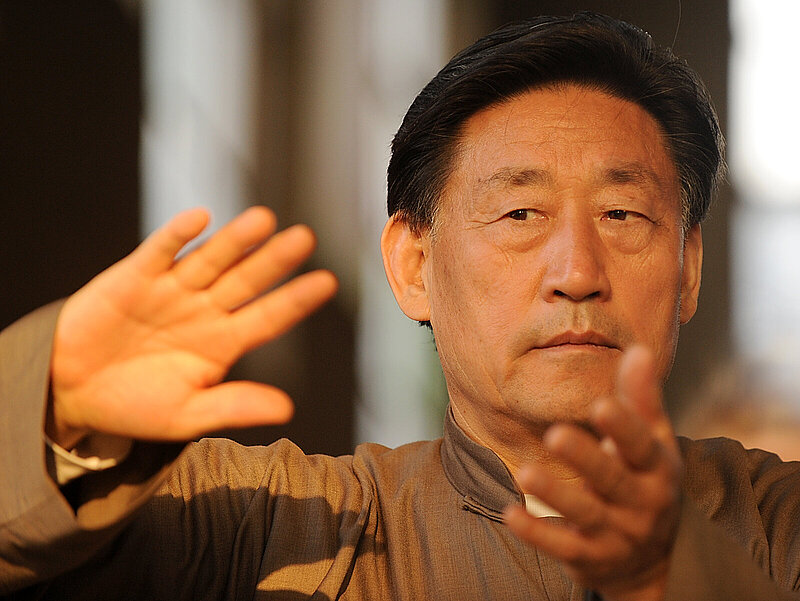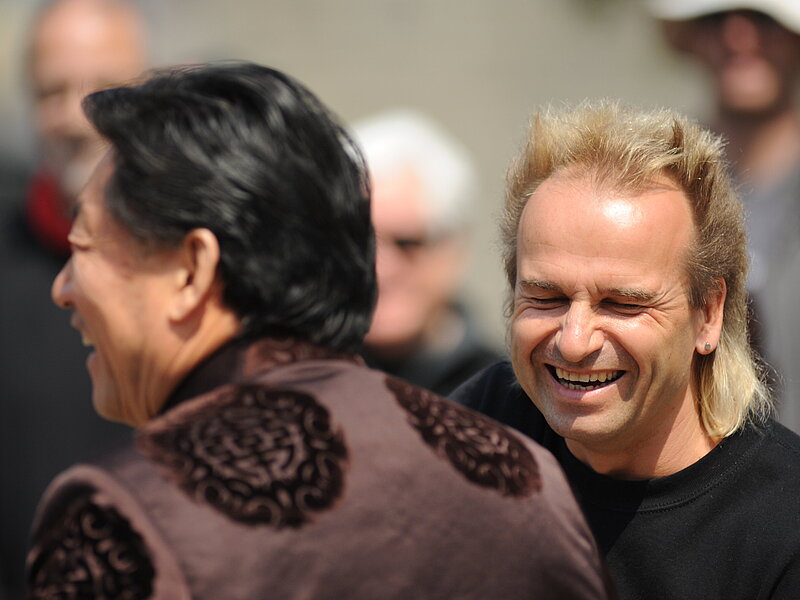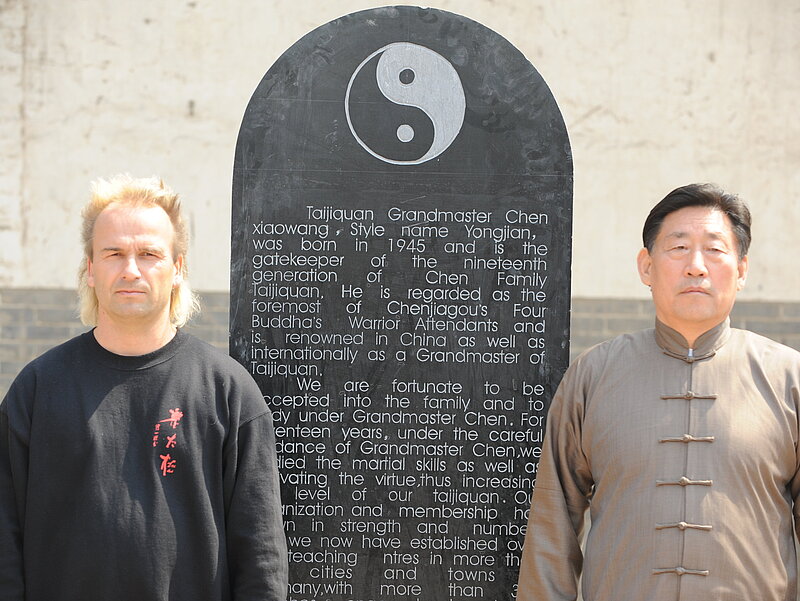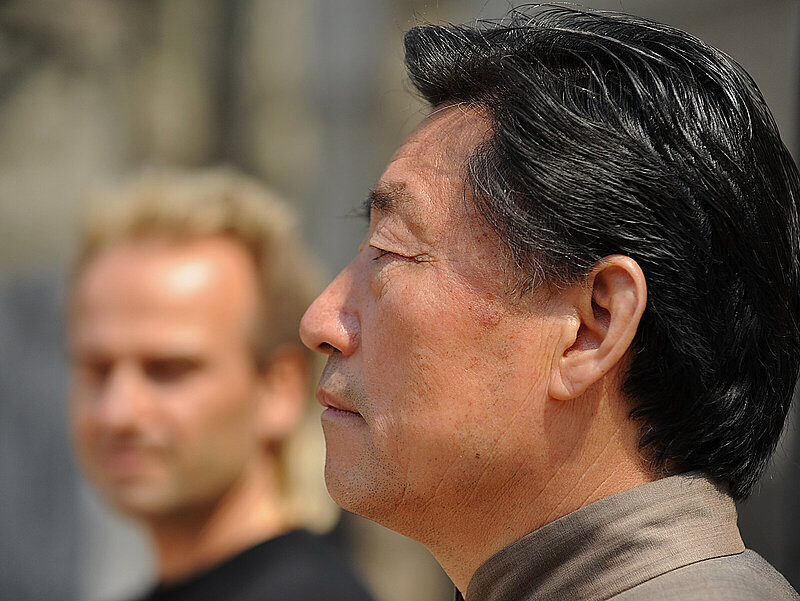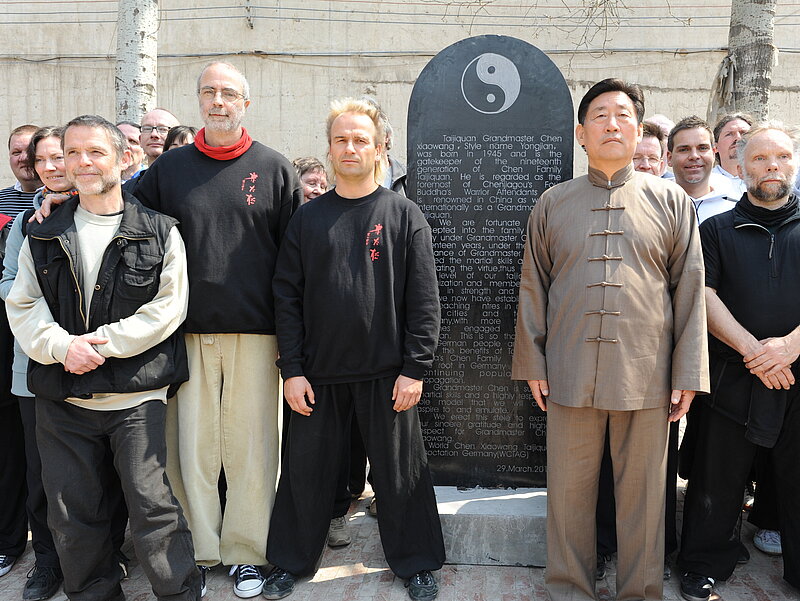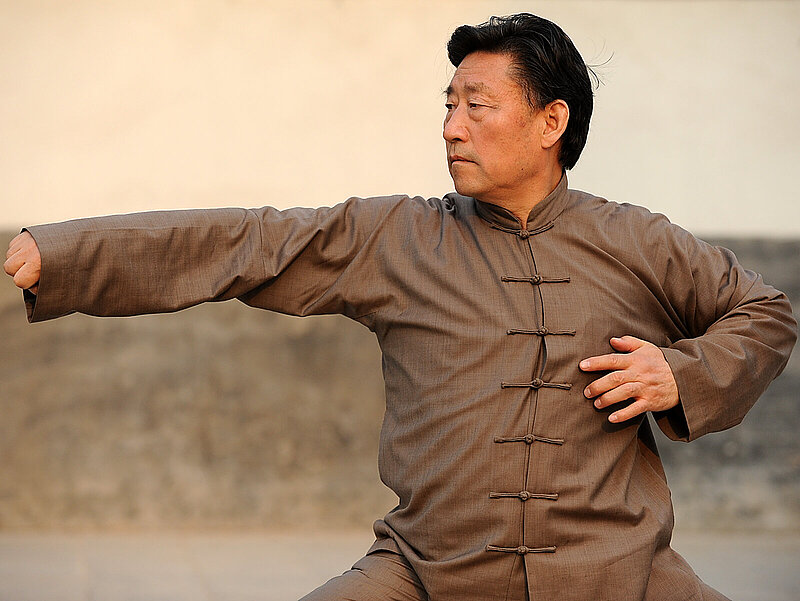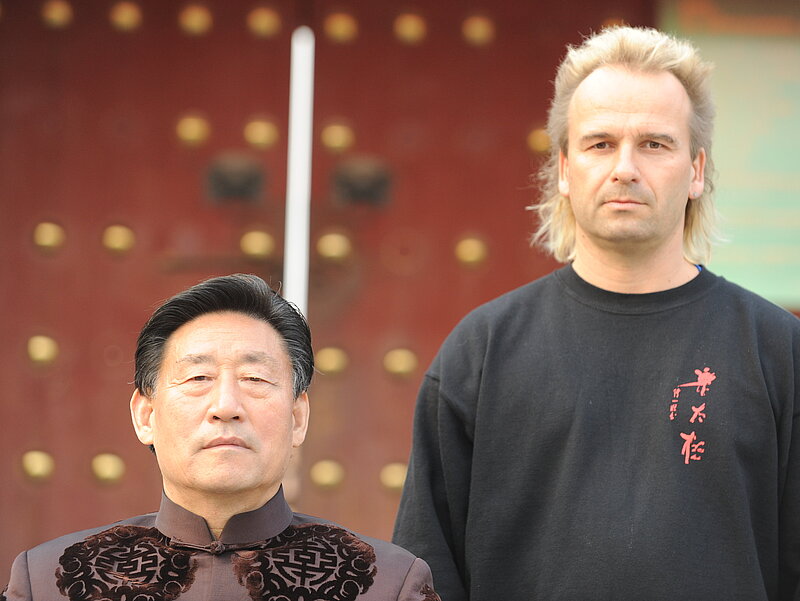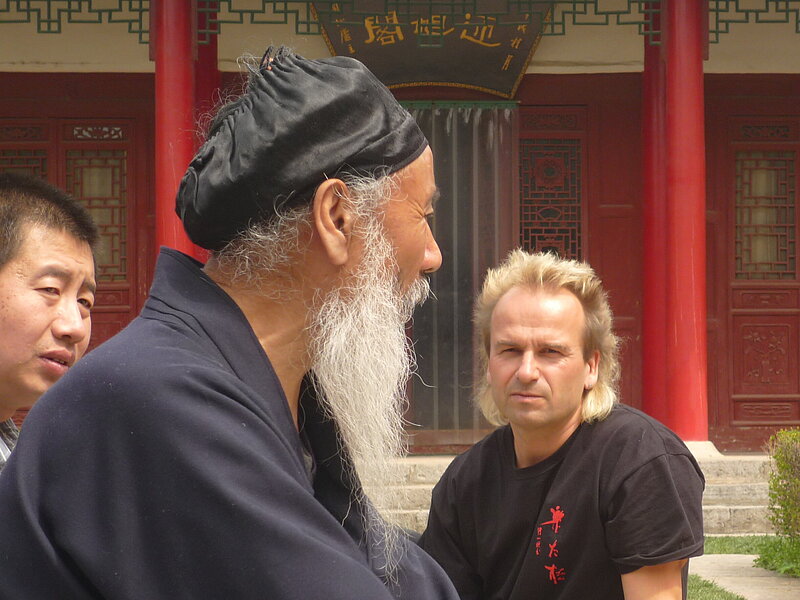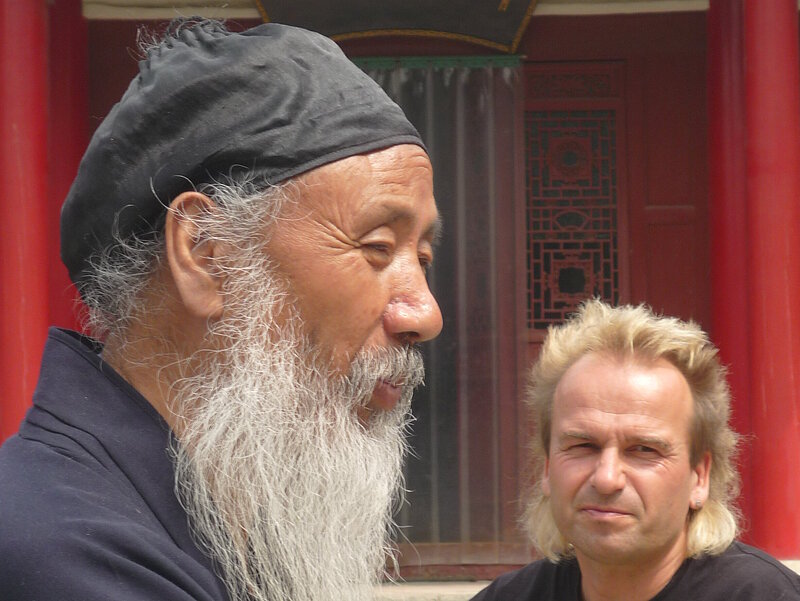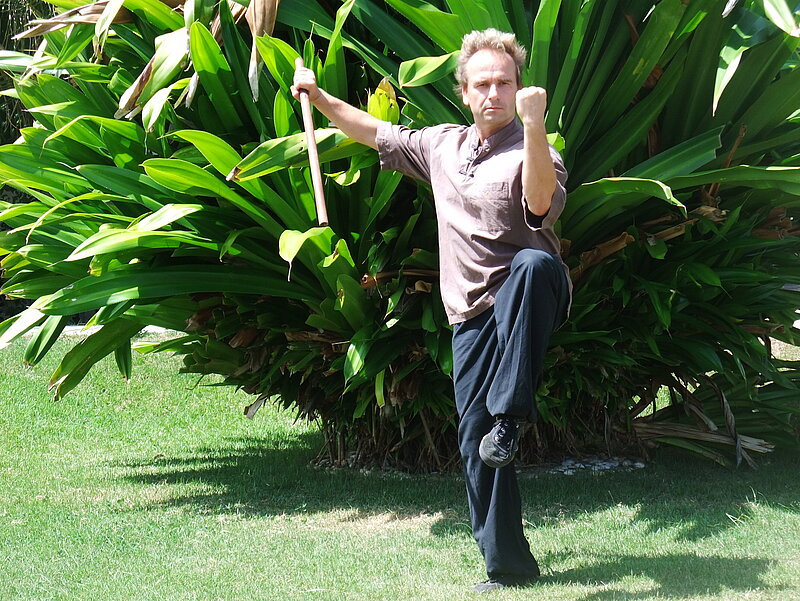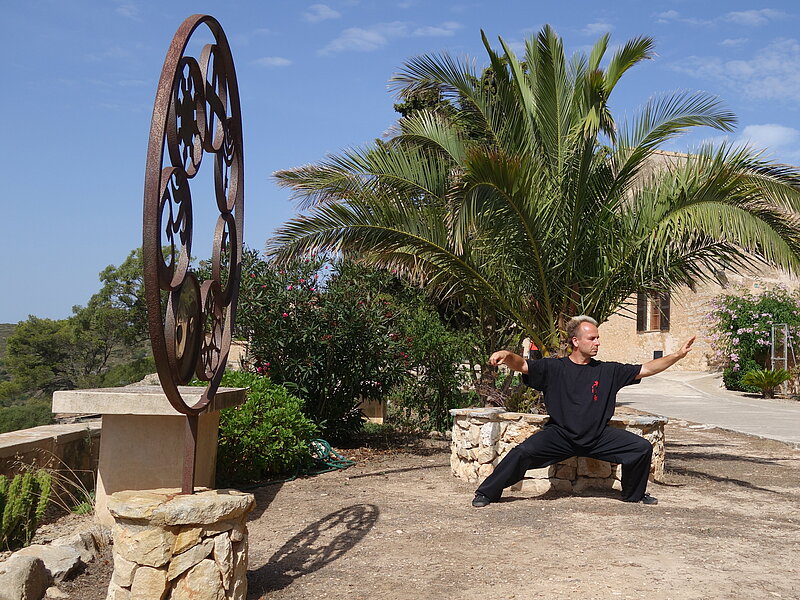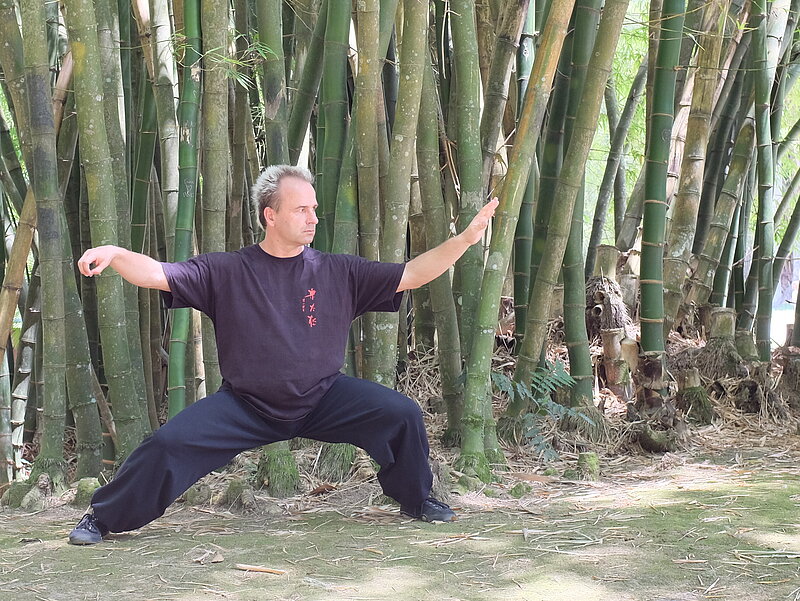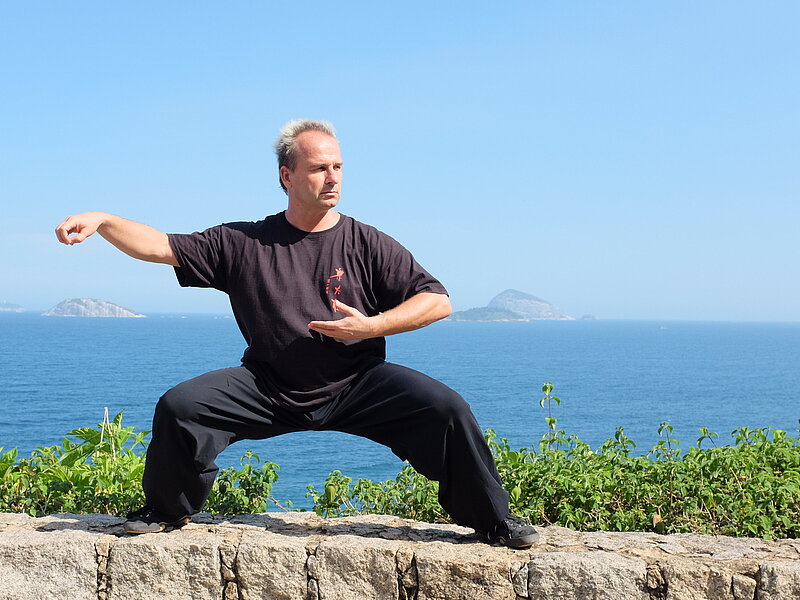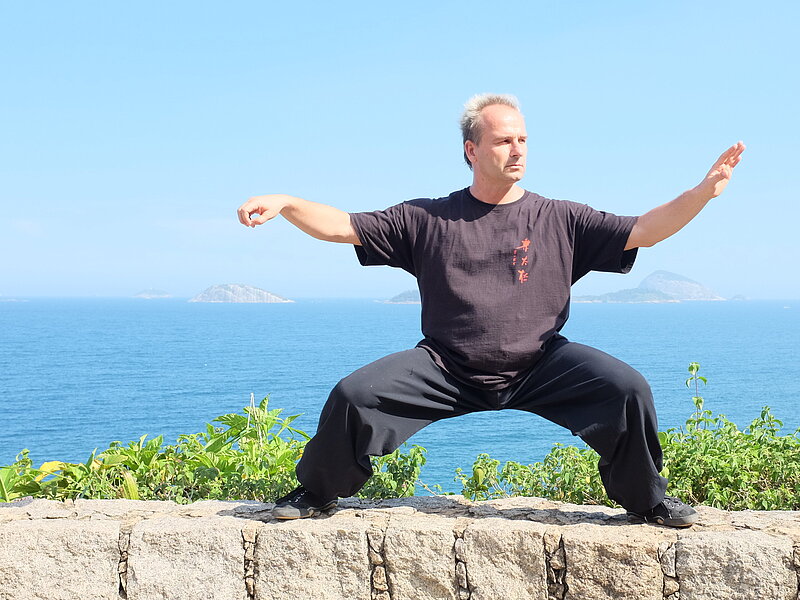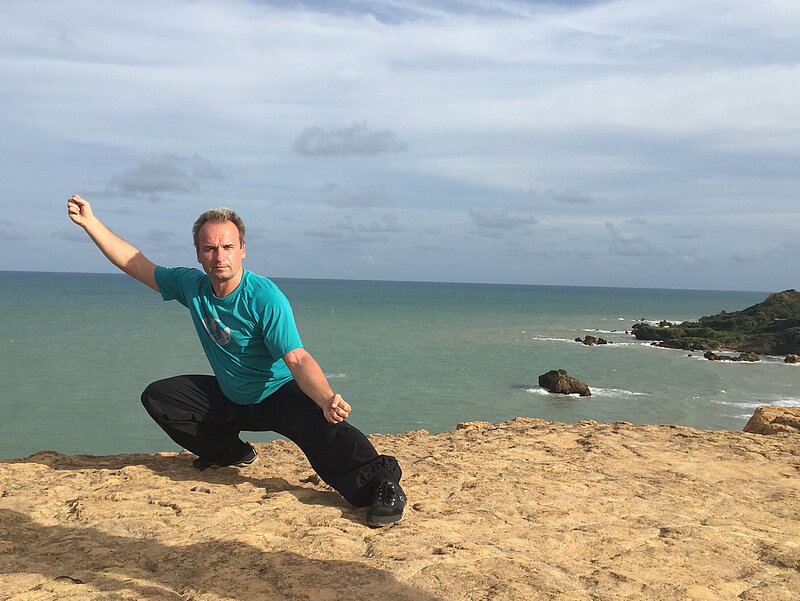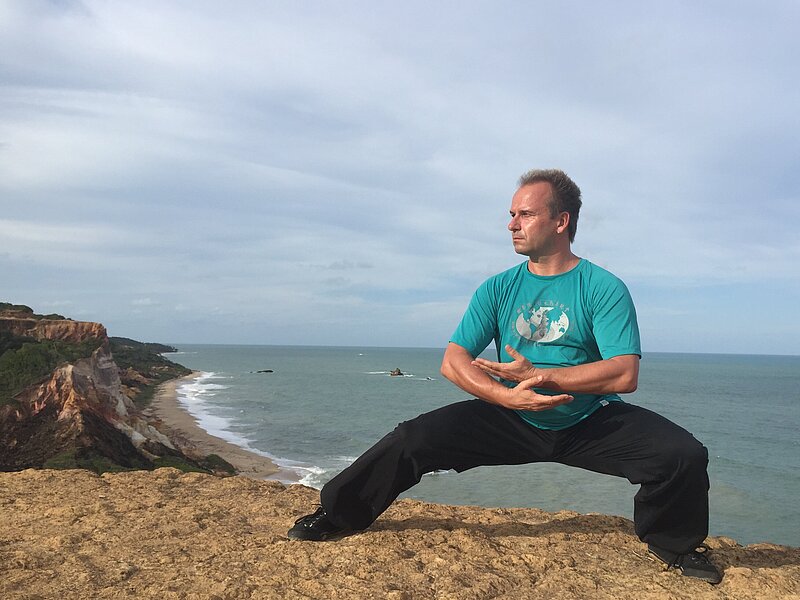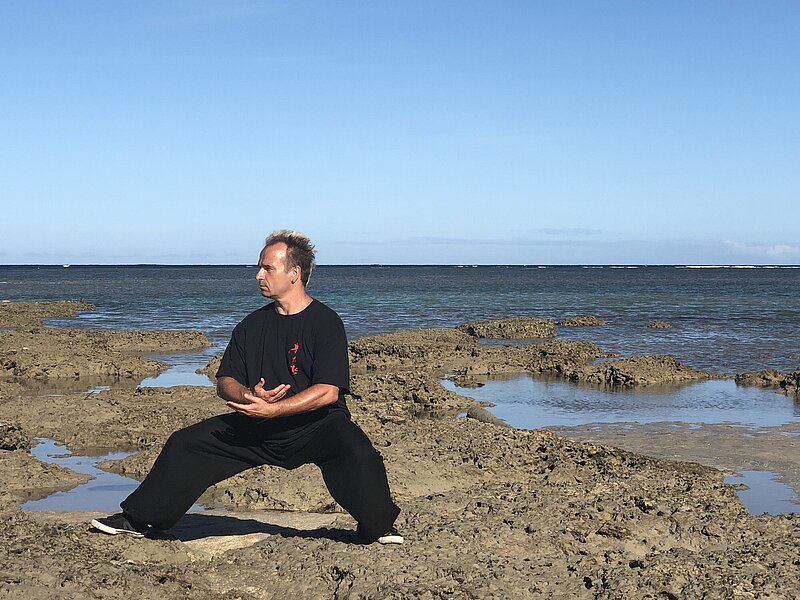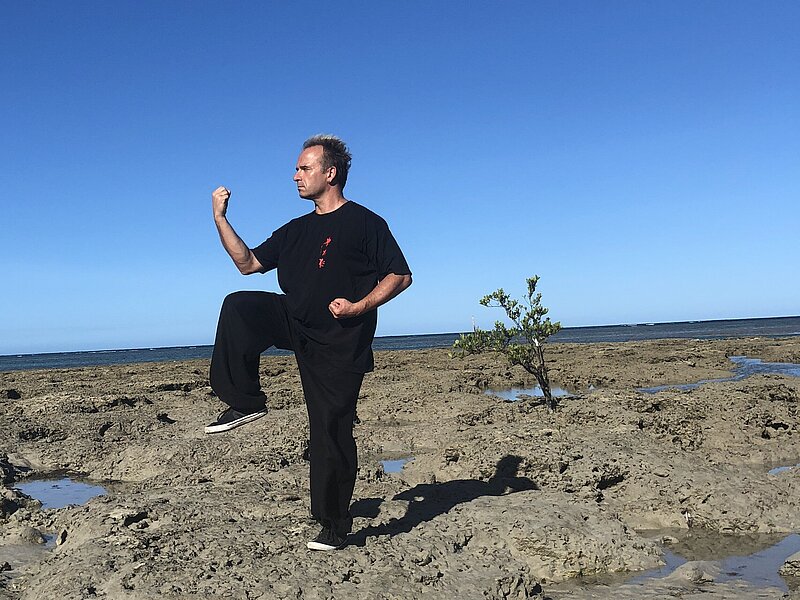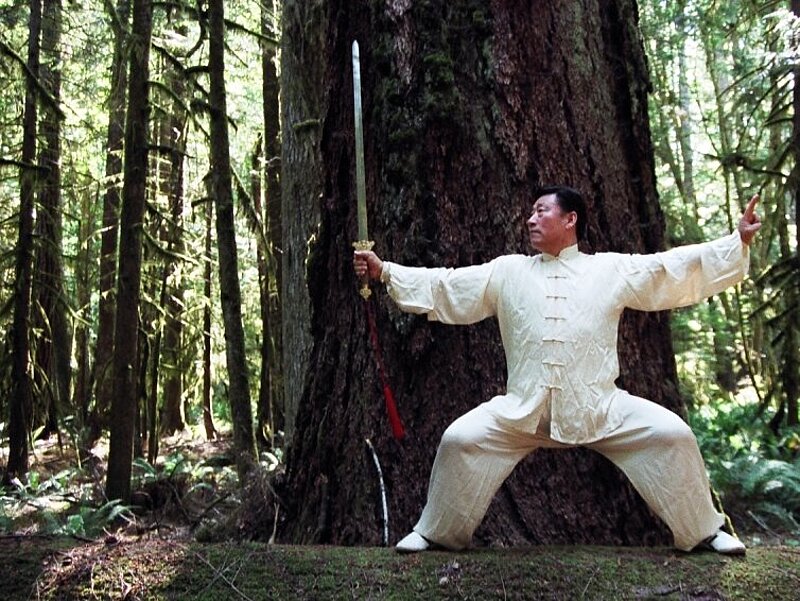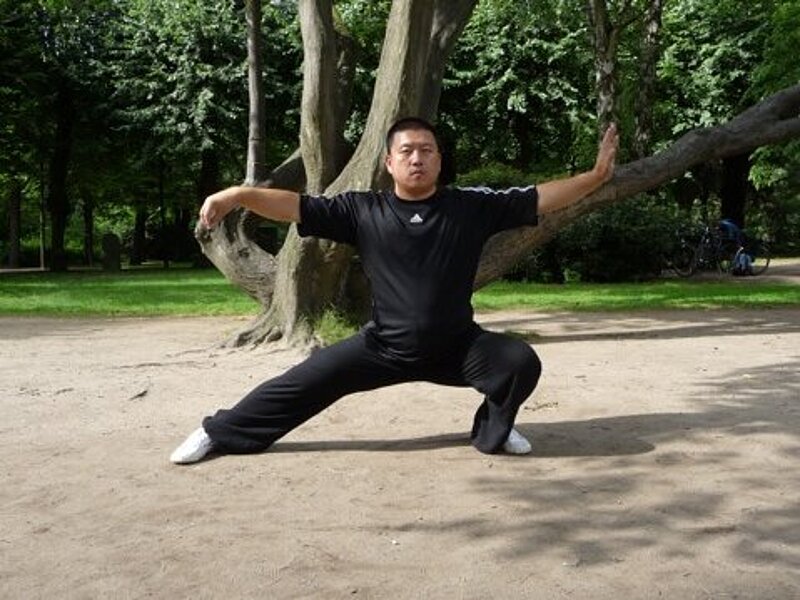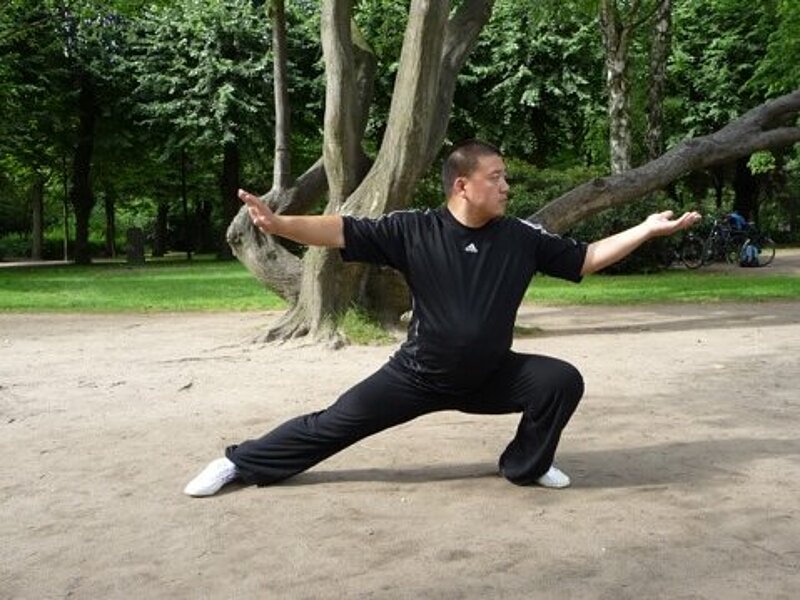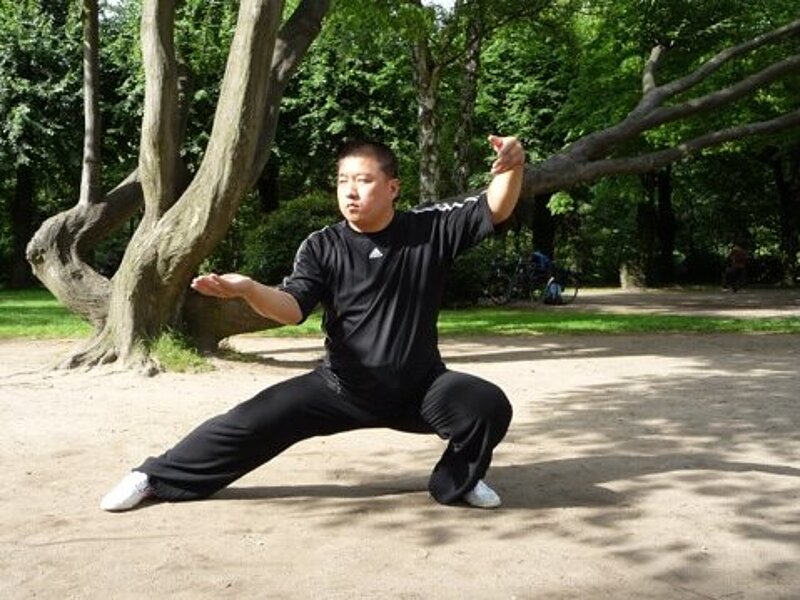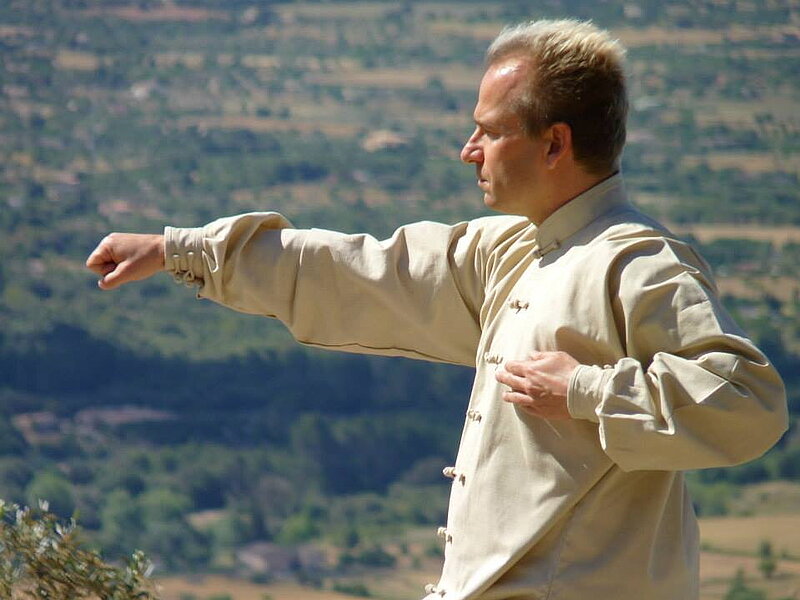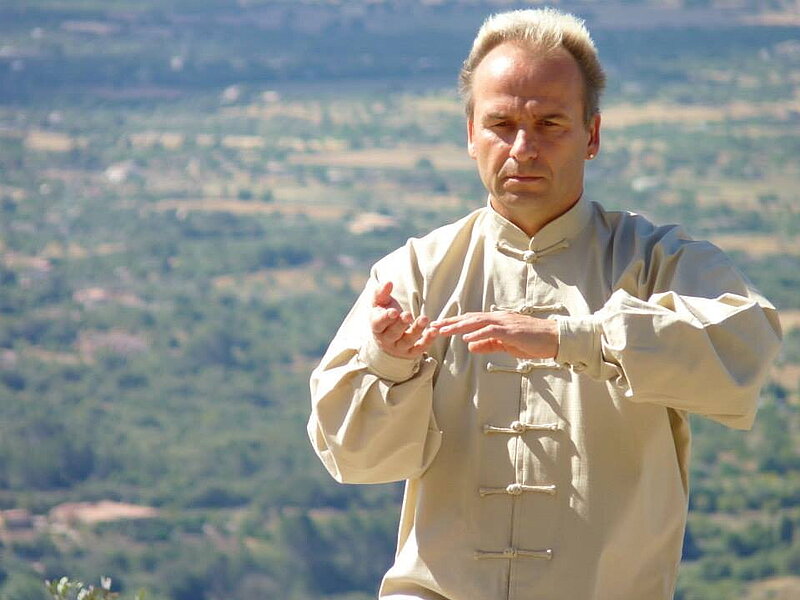Abstract
One can still hear debates about the value of differentiating between »right« and »wrong« and giving direct correction in Taijiquan. In partner exercises, insufficiencies in posture become immediately evident because one’s body structure is unstable. Jan Silberstorff shows how small corrections of posture and on the level of energy can assist the growth of a strong structure. The changes can only be recognized under close scrutiny, but lead internally to an integrated body alignment that allows force to be absorbed and issued fl exibly. Such »external« input provides a major point of orientation that should be considered during autonomous practice.

One of the most essential parts of Taijiquan training is the individual corrections. These range from simple external standards to very profound internal changes. The initial external corrections are still quite simple, while the more advanced internal corrections, which are intended to optimize the flow of energy in the body, are sometimes more difficult to comprehend. They contribute significantly to the further development in Taijiquan. In this article, we will use an example to illustrate how changes that seem minor from the outside can affect the entire body structure and energetic cohesion. In the photos we see Claudia Richter and Helmut Oberlack in a Tuishou situation posed for this article.
In the first photo we see Claudia clearly at a disadvantage.

While Helmut is quite centered in the perpendicular, Claudia is bent much too far backwards. If both parties would push against each other now, Claudia has to break out backwards, because she not only can't withstand Helmut's force, but her own force will be directed against her on top of that. Because she is not in the center, she has to push out of her arms. But since she meets greater resistance than the arms can deliver in force, she would push away backwards.
We straighten Claudia's upper body so that she stands in the perpendicular like Helmut, as can be seen in the second photo.

But Helmut still keeps the upper hand, another correction is necessary. It is a bit harder to recognize, but very essential: The shoulder is too tense and thus pulled up. Not only that Helmut's force would find a base to push here, Claudia's own force would stagnate here. The third photo shows this correction.

And another mistake is obvious: Because Claudia's right foot is turned too far outward, her knee and hip are separated from the rest of her body. As a result, she is not internally closed in these areas and would not be able to align her force uniformly. Claudia would therefore only have part of her strength available for pushing. A second disadvantage is that Helmut's force can penetrate more easily because of this flaw.
If we look at the fourth photo in comparison to the first, we see that Claudia is now no longer at a disadvantage. On the contrary. In terms of structure, she now stands better than Helmut.

The question is, however, whether it will be able to maintain this if pressure is applied. Further correction is necessary to achieve this goal: The inside and the outside must be aligned. Now that the outer framework is given, we can come to the actual of Taijiquan teaching: the inner correction. We have, so to speak, the container, the outer body in balance and can now give impulses to the inner body through it. In this way, we can gradually loosen each individual area and micro-area of the body on the inside, bring them to each other and center them on the dantian - which is now actually the center of the body after the outer correction. Then the corrected outer body can flow together with the corrected inner body. Body center and dantian result in one and the same area and the body can be controlled from here as a unit.

Another inner correction is possible with Claudia, but it has a direct effect on her counterpart: An impulse is given, which not only centers the own energy and connects the whole body, but, moreover, occupies the center of the opponent. This is not an external movement but, only an extension of the system to that of the "opponent".

This results in the following situation: Now we see a clear advantage on Claudia's side. Helmut intuitively notices that space has been taken away from him. Intuitively because no external movement has taken place. He tries to compensate for this "unconsciously" in the upper part of his back by creating space there towards the back. Thus, he is already in an imbalance before the beginning of an external action and also his own pushing would be directed against himself. Both forces, Claudia's and Helmut's, would therefore develop to Helmut's disadvantage, that is, Claudia wins.
Jan Silberstorff

